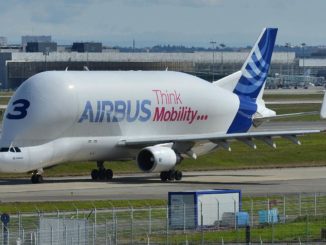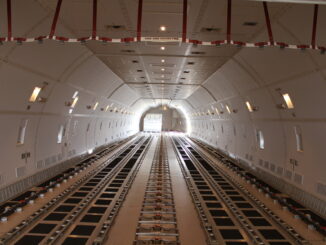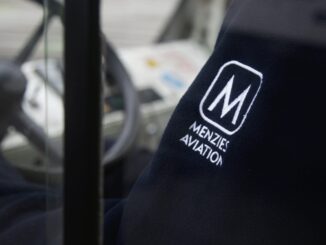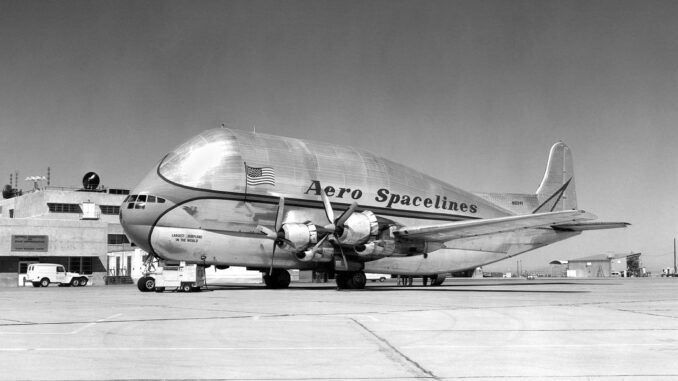
In the tumultuous era of the Space Race, NASA found itself with the ever-growing problem of transportation. With large pieces of equipment needing moving from factories to the launch pad, transport methods were slow and cumbersome. Through the Fifties, NASA would have to transport its machinery via land and/or sea through either the Gulf of Mexico or the Panama Canal, a truly arduous journey.
The logistical nightmare needed drastic action, for the industries needed to prove their worth against their Soviet rivals. Until the Sixties, aircraft was not considered to transport these components. At the turn of the Sixties, an aeronautical company would come forth to develop an aircraft that would finally fill the role NASA lusted for. An aircraft that would be able to carry various materials in half the time. During this time, the guppies of the sea would learn how to fly.
The Pregnant Guppy
1961, the California based company Aero Spaceline Industries took over the mantle in trying to solve NASA’s transport problems. It would build a plane that made NASA’s operations much easier. The new aircraft would be inspired and partly made from two rather unique aircraft.
The new design would be influenced by the Boeing 377 Stratocruiser, which itself was inspired by a Second World War bomber while the craft itself would be adapted from a Boeing KC-97 Stratocruiser. Combined, these two planes gave birth to the unique plane known as the Pregnant Guppy. This large-bellied craft was built to house large pieces of machinery that other planes could not dream of holding.
The Pregnant Guppy was, for its time, a giant of the air with regards to its fuselage. At 19ft in diameter, the aircraft could hold much larger cargo. By cutting out the use of land and sea to transport large single-piece components, transport times were shattered.
Typically, the transportation of equipment would take between 18-25 days; with the implementation of air travel, the time was cut to around 18 hours. With such an obvious and enormous improvement, it is no wonder the creation of the Guppy has been suggested to be one of the defining moves by NASA to win the Space Race. This is not the place to discuss such historical speculation, but it cannot be denied the new aircraft were vital to NASA’s overall development and acceleration of progress.
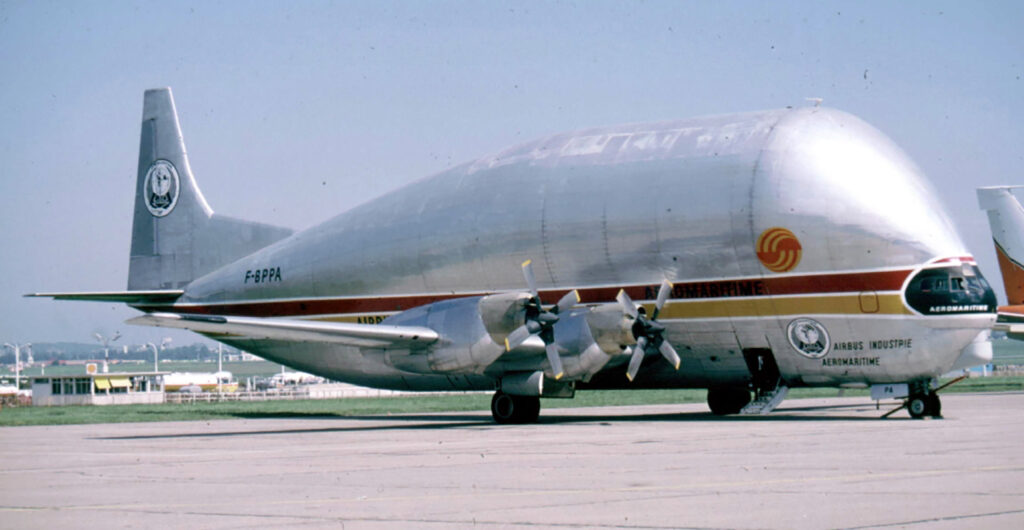
Giving Birth to the Super Guppy
By 1965, eight Pregnant Guppies were built and played an important role in several of NASA’s programs. Perhaps the most important journey was its deliverance of the oversized cargo of the Saturn rocket for the Apollo program. The Pregnant Guppy unlike all its predecessors, and indeed, it successors, had a unique cargo access point. It would open by disconnecting its tail where its whole fuselage held the cargo bay.
This was truly unique; however, it was not considered effective enough, improvements would be made, and the Pregnant Guppy was expanded upon. Improved with more powerful engines, a pressurised cockpit, and an increased hold capacity, the new model would become an exceptionally long-lived aircraft. More ergonomic and practical, though notably not the most efficient aircraft, as other planes could carry more weight overall, the new design meant it could accomplish different roles.
The overall design of the Super Guppy was not drastically different from the Pregnant Guppy. It fulfilled the same role and held a similar shape but was improved in all dimensions. At a length of 143ft, a wingspan of 156ft, and height of 46ft, it was all-around a larger model. Crucially, however, its fuselage had a much larger diameter, expanding by 5ft overall to 24ft and extended by another 14ft to 111ft in length. With the added weight, the engines were also improved. Equipped with four Allison 501-D22C turboprops that could muster speeds of 250-300mph over a range of 1,700miles, at 25,000ft high, the Super Guppy was certainly superior to the Pregnant Guppy.
In all areas, the Pregnant Guppy had been improved, however, one element that received significant and vastly improved design changes was its loading system and cargo access. Instead of opening at the tail, the Super Guppy would open at the core. Possessing a robust, yet by modern standards, cumbersome design, a hinged nose would grant access to the cargo hold. With it, the plane would seemingly split in half in the middle. Opening 110 degrees, the entire cargo bay would be exposed for equipment to be loaded.
The style of this design appears reminiscent of the Matryoshka Dolls as items would be nestled into its larger body. Crucially, despite moving the front of the plane, thus moving the cockpit, the plane possessed a control lock and disconnect system that would not disrupt flight or engine controls. Using standard loading rigs to lift the equipment into the plane itself, the use of hydraulic locks would secure its cargo. With this newly thought out process, the Super Guppy could operate at a vastly improved rate.
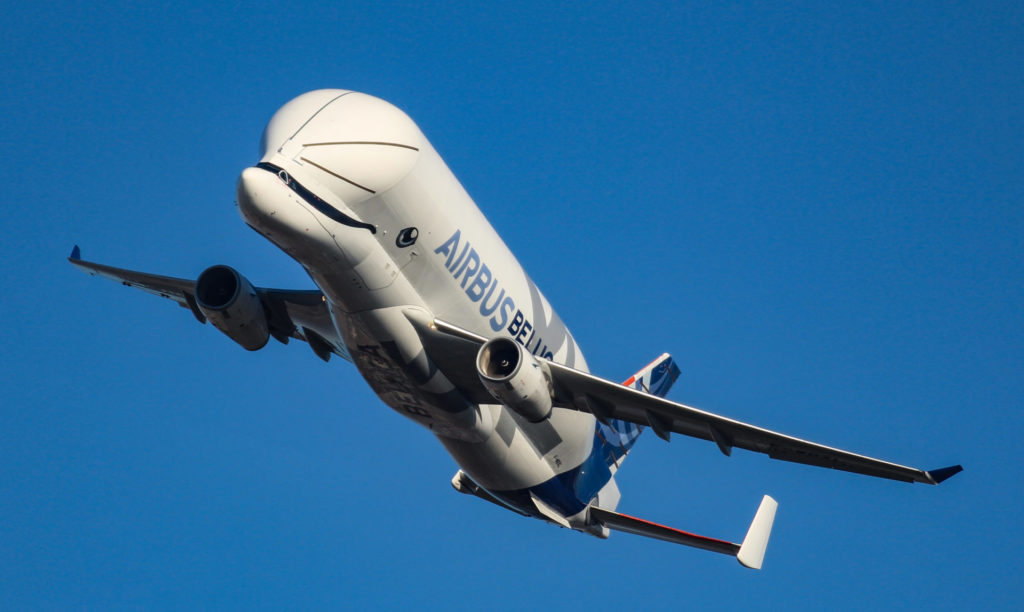
The Super Guppy’s Persistence
Although only four were made, each would continue the overall expansion of the Guppy fleet. The second Super Guppy, whilst largely the same, was known as the Super Guppy Turbine with its improved engines. There would be eight different variations of the Guppy, each taking significant volition to the original Super. Despite adaptations, the largest influence it would have would come from a European suitor. In the seventies and eighties, the Airbus Consortium would approach Aero Spaceline Industries to purchase the fleet.
Terms were agreed and the Super Guppies would ferry fuselage throughout Europe. This began to minimise NASA’s use of the Super Guppies; thus they took action by purchasing Super Guppy 4, the latest edition. This same model is still flying today for NASA and draws significant attention from onlookers.
The financial decision from Airbus would later become a vital decision that changed the development of their aircraft and their company. Using the Super Guppy as a base model, Airbus would come to design an incredibly influential aircraft that would soon dominate the industry and the skies with its imposing presence.
The Guppy would eventually evolve into the fully-fledged Beluga. Continuing the aquatic theme from its original design, the Pregnant Guppy gave birth to its improved superior model, which would eventually grow to become a large and powerful Beluga.
Today the Super Guppy legacy still lives on in NASA’s premises but the Beluga’s themselves are a constant international reminder of the Guppies’ importance.


